The Stone of Golorr is described on p. 192 of Dragon Heist. What many people don’t realize, however, is that the Stone of Golorr previously appeared as part of WotC’s Stream of Many Eyes event and a tie-in ARG:
The Sage of Shadowdale hath hid on Earth a stone, of great power and imminent import. Its guardian, an exile from my realm, was spirited to Earth with this in tow; to keep it safe and secret ‘ere its prophesied return.
The continuity of the Stream of Many Eyes features a number of elements from Dragon Heist, but although it seemed to lead directly into the published scenario, that promise didn’t really come to fruition. The Stone of Golorr as it appeared here had a different back story, different properties, and even a prophesied destiny.
Since I found a number of elements in the Stream of Many Eyes continuity for the Stone intriguing, I attempted to blend the two continuities together. This effort, however, quickly went awry: Rather than simply combining the two continuities, I ended up riffing on the basic conceptual ideas and ended up basically reinventing the Stone.
There are no principles of design or anything like that which led me down this path; it’s a purely idiosyncratic creative response to the raw material. Maybe you’ll end up liking what you’ll see here, and maybe you won’t. If you do, great. If you don’t, the good news is that you can generally just use the Stone of Golorr as it appears in Dragon Heist. The only element you’ll need to pick up from here are the Three Eyes.
WHAT THE STONE IS
The Stone of Golorr is an artifact that once belonged to the Abolethic Sovereignty. For millennia it was held in a vault within the ancient floating city of Xxiphu on the world of Abeir, but it was lost during the Wailing Years.
According to some histories, it was brought to Abeir-Toril when Xxiphu first plummeted to the world and settled deep below what is now the Sea of Fallen Stars. According to others, an aboleth who came to Abeir-Toril before the arrival of Xxiphu created the Stone; or perhaps he fled to Abeir-Toril carrying the stone and Xxiphu came in pursuit of their prize. Some versions of the tale claim that the Stone was forged during the primeval battles between Shar and Selûne, in the very moment that the world of Toril was formed.
Whether the Stone predates or co-dates the creation of Toril, in arcane terms this gives the Stone a position of primacy, making it capable of effects which no magic item or artifact created in these younger days could possibly duplicate.
HOW THE STONE WORKS
When the proper ritual is performed, the Stone magically eliminates a memory or piece of knowledge from everyone on Toril except for the person who is attuned to the Stone.
PERFORMING THE RITUAL: The use of the Stone to erase memory is a special ritual-form of legend lore which takes 12 hours to cast. Performing the ritual requires:
- The ability to cast legend lore.
- Knowledge of the ritual modifications to the spell.
- The use of a second abolethic artifact, a small tetrahedron of red jade. (This artifact is still in Lord Neverember’s possession.)
- Special incenses suffused with the blood of an aboleth (2,500gp cost) and four ivory strips worth at least 50gp each.
During the ritual, the burning of the incense causes the four sides of the tetrahedron to unfold, revealing slots into which the ivory strips are then inserted. The Stone is then placed within the tetrahedron and the sides closed around it.
As the ritual completes, the tetrahedron opens once more, revealing the Stone of Golorr as it releases a burst of psionic energy. This energy attempts to refract through the person attuned to the Stone, forcing them to make a Wisdom saving throw with a difficulty commensurate to the scope of the memory or knowledge they are seeking to eliminate. (The memory of something with little significance and known to very few people would have a smaller DC than something of great significance or known to a large number of people.)
A group of people can attempt to perform the ritual together in order to reduce the difficulty of this saving throw by -2 per additional person (by spreading psionic refraction between them). The number of characters participating in the ritual is limited by the level of the character leading the ritual (i.e., a 5th level character could lead a ritual with up to 5 people), and all participants must succeed at the saving throw in order for the ritual to be successful.
On a failure, the ritual member fails to refract the psionic energy and the memory they were seeking to erase is eliminated only from their mind. If a particularly significant piece of knowledge was being targeted, the failure might also invoke a general fugue state for minutes, hours, or days (at the DM’s discretion).
On a success, the knowledge is eliminated: Wiped clean from scrolls and inscriptions. Removed from all living memory except for those attuned to the Stone or participating in the ritual.
Note, however, that:
- This is very specific. For example, Neverember only eliminated the knowledge of the Vault’s location, which is why other lore regarding the Vault (like its existence and the keys required to open it) can still be found. As if reality had become a poorly expurgated book, you can still see where the “text” has been snipped out if you know where to look.
- This only destroys current knowledge, not the subject of the knowledge nor the ability to learn that knowledge in the future. Making everyone forget Bob, for example, doesn’t stop Bob from saying, “Hi! I’m Bob!”
USING THE STONE: Communicating with the Stone, receiving knowledge from the Stone, or performing the knowledge-erasing ritual requires the user to be attuned to the Stone. This can be a somewhat unpleasant process as the attunement takes the form of your thoughts slowly becoming compatible with the utterly alien, abolethic thoughtforms of the Stone.
THE STONE BLINDED
As Dragon Heist begins, the Stone of Golorr has been blinded by Lord Neverember; he has removed its three Eyes. This is not a physically difficult procedure: If someone is attuned to the Stone, an Eye can simply be physically popped out (or popped in). With the Eyes missing, however, the capabilities of the Stone are limited.
A simple physical examination of the Stone will make it clear that the three Eyes are missing.
BLINDED: The Stone is inert.
1 EYE RESTORED: With one Eye restored, the Stone can communicate, but still not see the secrets it once contained.
2 EYES RESTORED: Although still crippled, the Stone (and a character attuned to it) can now “see” the location of the remaining Eye and the immediate area around it. (This routes around a potential failure to figure out the location of the third Eye, and also speeds up the procedure of the third Eye Heist by essentially allowing the PCs to skip the normal surveillance requirements.)
3 EYES RESTORED: The Stone of Golorr is fully restored and operates normally once again.
SECRETS OF THE STONE OF GOLORR
The Stone of Golorr is a sentient magic item with an Intelligence of 18, a Wisdom of 16, and a Charsma of 18. It has hearing and darkvision out to a range of 120 feet. It can communicate telepathically with the creature that is attuned to it, as long as that creature understands at least one language. In addition, the Stone learns the greatest desires of any creature that communicates telepathically with it.
Speaking with the Stone is difficult as its thought processes are alien. As a result, the information it provides is often cryptic or vague.
Legend Lore: The Stone of Golorr has a maximum of 3 charges and regains 1d3-2 expended charges daily at dawn. While holding the Stone, you can expend 1 of its charges to cast the legend lore spell.
Using one of these charges, the Stone can share with its attuned holder the secrets which have been hidden inside of it, either through speech or through a telepathic burst of imagery and sensation. Its holder can direct this towards a particular secret if they are aware of its existence; otherwise the Stone will provide a secret according to its own perverse whim and alien predilection.
Examples of such secrets, ranging from the banal to the profound, include:
- Any number of horrible racial slurs.
- The elvish word essylathir, which means the beauty of eyes which are the color of a storm-tossed sea.
- The existence of a race of tawny-haired bipeds known as “fuzzies” that live in the High Forest.
- The Kingdom of Otheria, which ruled a demesne from the Sword Coast to the sands of Anauroch approximately 500 years ago.
- The name “Anu-Devan,” which was once the most popular male elven name.
- The Aurunean Invasion. Strange invaders wearing insectile helmets of mithral-and-gold came from a continent far to the west and invaded Faerûn. Apparently the Stone was used to eradicate all knowledge of the war, thus ending the conflict (since it also eradicated the navigational charts the Auruneans had used to reach what they called the Eastern Shores).
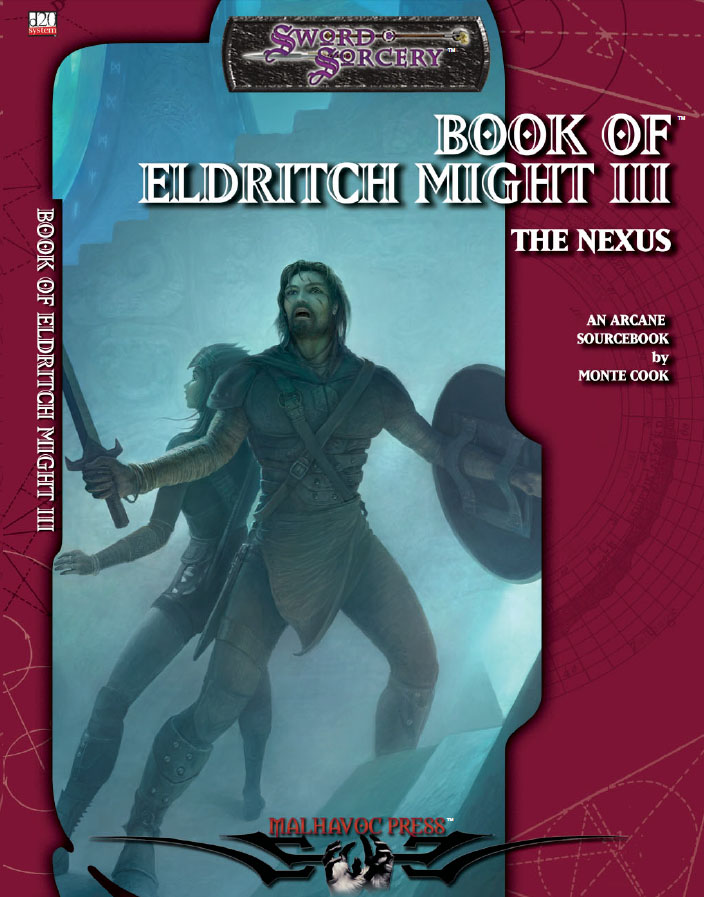 The location of 16 bars of silver, buried in the rear yard of a tavern in Murann in 916 DR.
The location of 16 bars of silver, buried in the rear yard of a tavern in Murann in 916 DR.- The location of the Nexus (see Book of Eldritch Might III).
- An atrocity performed during the Crown Wars. Although history has long-maintained that the dark elf Ilythiiri attacked the smaller kingdom of Orishaar on the thinnest of pretenses to begin the Second Crown War, it turns out that the Orishaari actually betrayed the Ilythiiri at a wedding which was to unite their two people and slaughtered most of the Ilythiiri royal family. The knowledge of this was wiped from history by the Stone of Golorr, leaving the official histories to record only that the dark elves went to war “in supposed retaliation for Aryvandaar’s aggression against the Miyeritari. Consdiering that the moon elves of Orishaar had no connection with Aryvandar beyond a trade alliance, and the Ilythiiri had little to do with the beleaguered elves of Miycritar, this was a thinly veiled excuse for the Ilythiiri to seize some land from the moon elves.” (Lost Empires of Faerun)
- The spells blacksteel and midnight shroud (see Spells of Light and Darkness).
- The ritual required for the creation of a Hell cyst (see Part 3).
- The existence of the Shadowdusk family, and their holdings on Level 22 of Undermountain. (Or perhaps some other hook to Dungeon of the Mad Mage.)
Perceptive PCs may notice that many of these secrets were likely secured on Toril at a time when the Stone of Golorr was supposedly being held in a vault on Abeir. If they inquire on this topic, the Stone will reveal that when Abeir and Toril were reunited, it was ripped back in time to the point where the two worlds were sundered and then “skipping” through time, appearing in Toril at various, discontinuous points through history.
Memory’s Passing: If you lose attunement with the Stone you must attempt a DC 16 Wisdom saving throw or the memories you shared with the Stone (i.e., the lost knowledge you gained from it) will begin to fade from your mind
DESIGN NOTES
Another option I looked at here was to allow each secret encoded within the Stone to be locked with a passphrase. To access the secret you would need both Stone and passphrase. (The passphrase for the Vault’s location would have been “Brandath,” which would be seeded throughout the campaign with the Three Clue Rule.)
Passphrases might be vulnerable to certain divinatory attempts; or maybe it’s a requirement that the passphrase be recorded on a stone disc. If they’re NOT vulnerable to divinatory “hacking,” the use of passphrases would allow you to control exactly what information the PCs can pull out of the Stone. And the hunt for a passphrase can become an adventure in its own right (many times over).
I decided the use of passphrases was just an extra layer of complexity that Dragon Heist didn’t need, however, and so opted not to implement it. If you do, I’d recommend that the Cassalanters have a list of several passphrases they’re interested in feeding into the Stone.
WHERE IS THE VAULT?
Those seeking Neverember’s Enigma from the Stone will receive that information in two simultaneous streams of information:
- A tangled barrage of imagery: Twisted underground tunnels lit by strange lights. An endless field of corpses. Halls of stone. A golden dragon, aging so rapidly that scales shed from its skin. The sound of a silver hammer striking stone. A beam of sunlight in a darkened room. A chisel carving Dethek (dwarven) characters which transform themselves into two words: BRANDATH CRYPTS.
- A cryptic riddle: Where laid his wife to rest ‘midst bones of son’s blood sealed, there where Anri laid himself to rest lies that which Open Lord concealed.

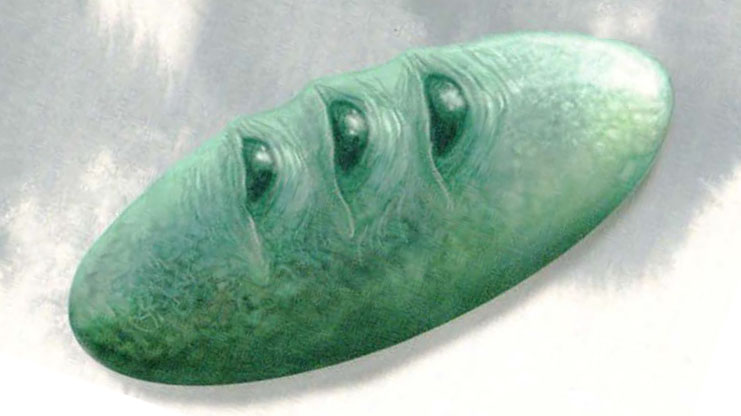
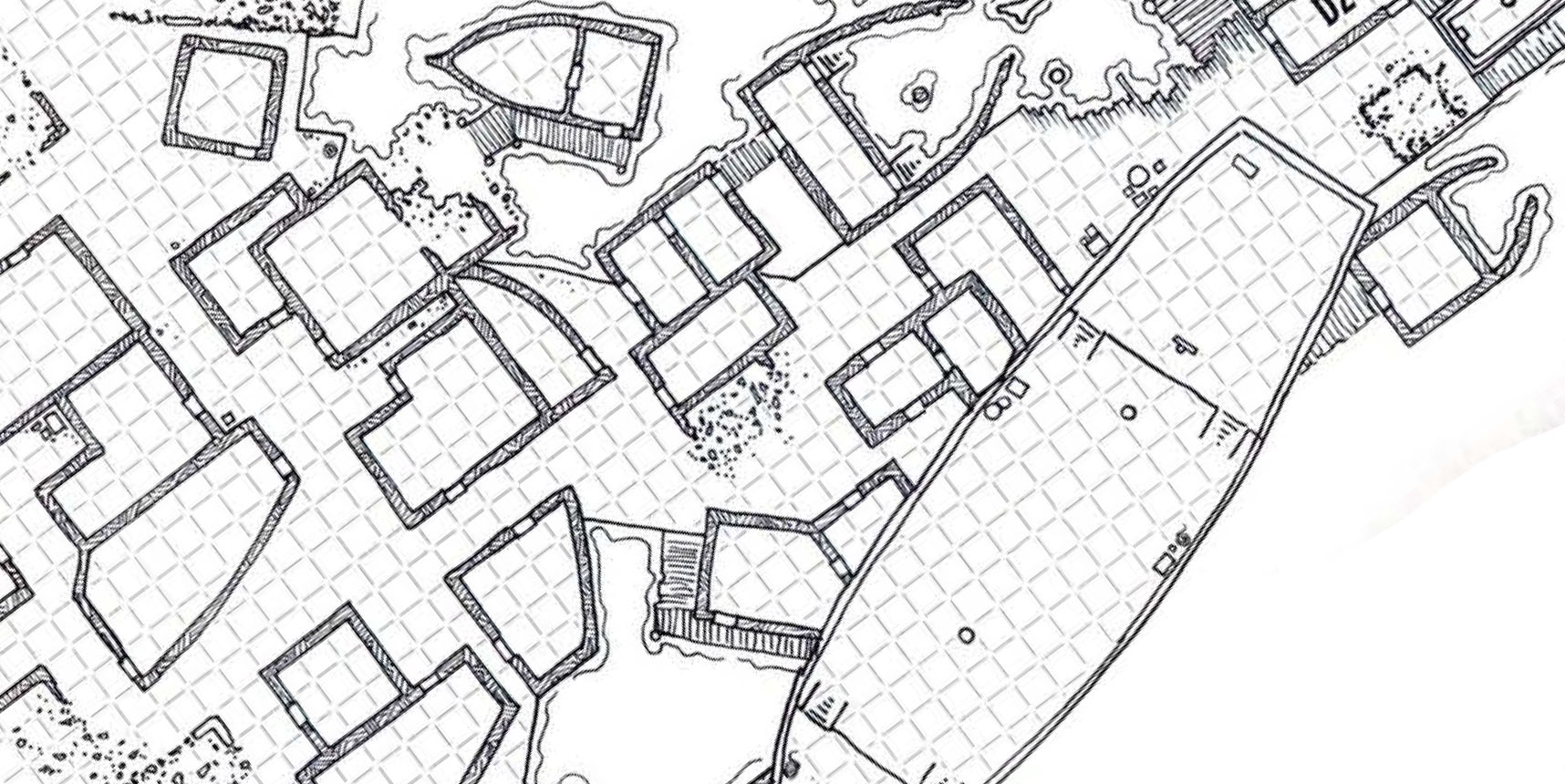
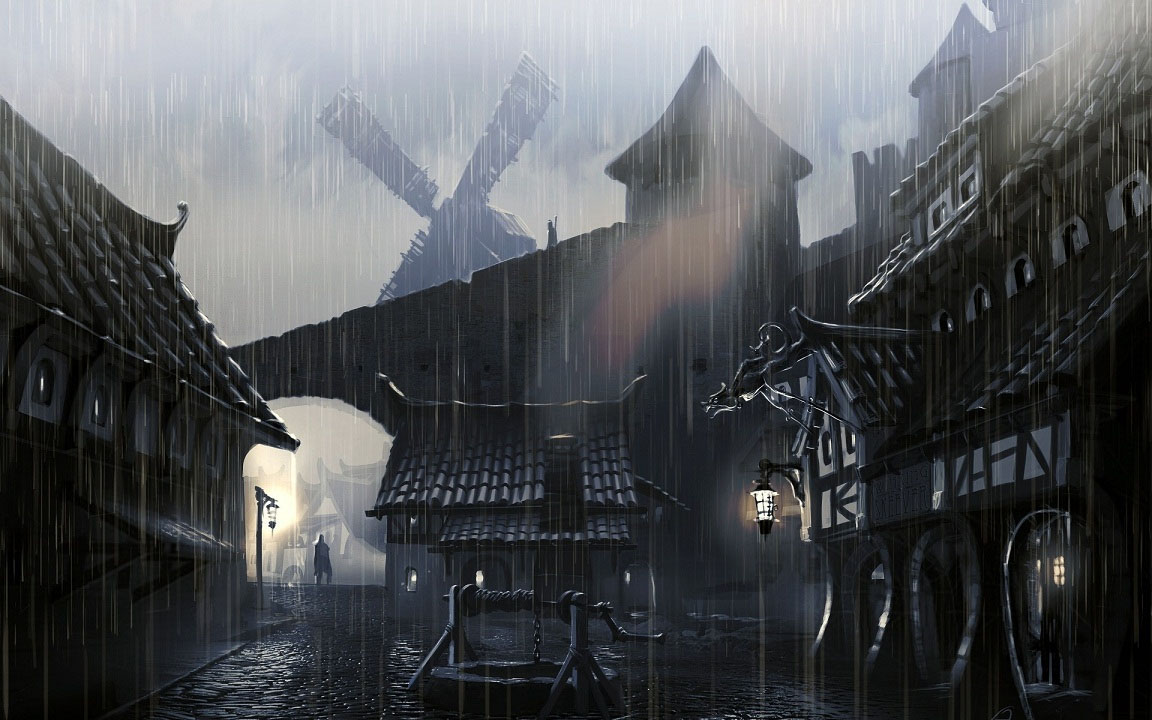

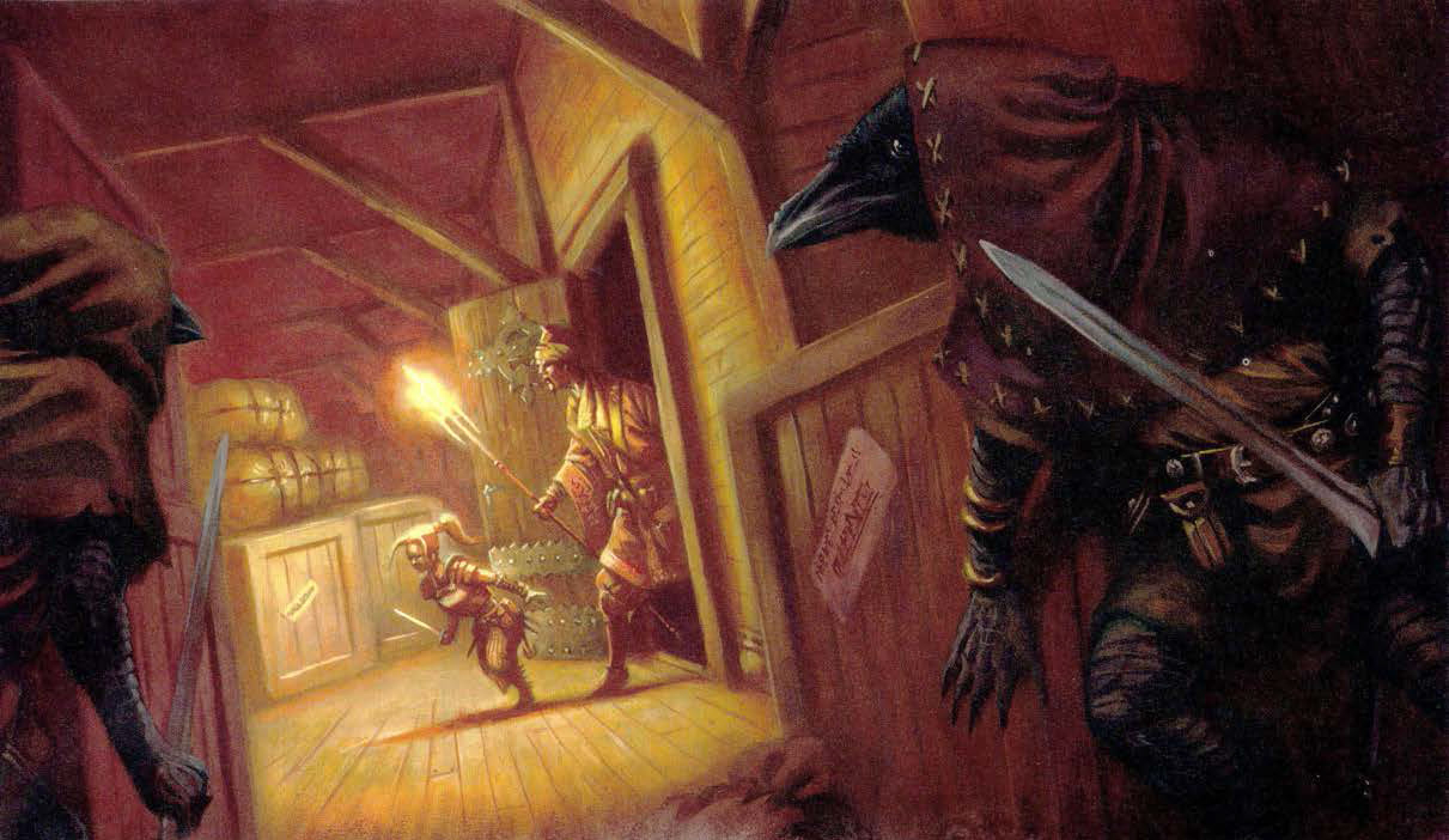
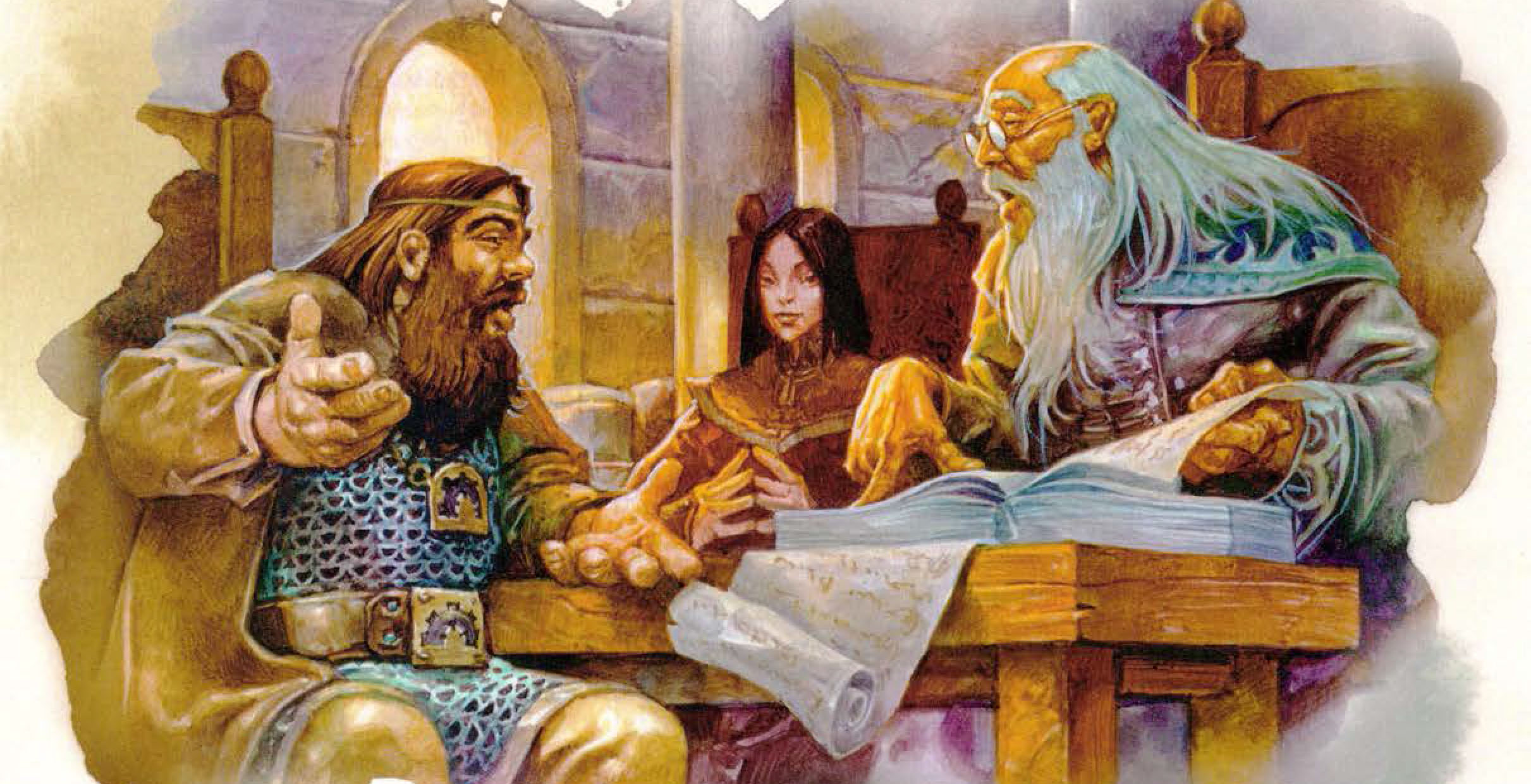
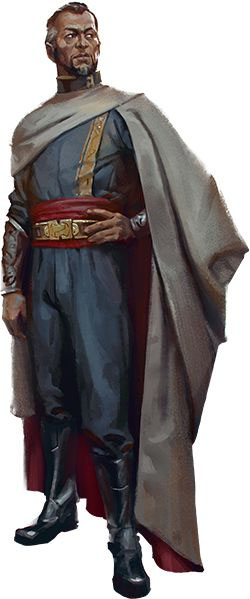 Neverwinter is destroyed when a small adventuring party (including Jarlaxle Baenre) awoke the primordial Maegera beneath Mount Hotenow.
Neverwinter is destroyed when a small adventuring party (including Jarlaxle Baenre) awoke the primordial Maegera beneath Mount Hotenow.









